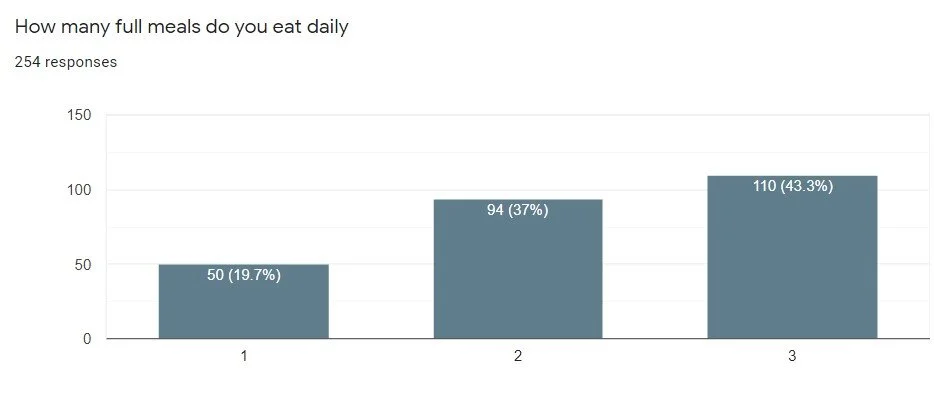Eating Disorders
There are numerous types of Eating Disorders and they can affect people in different ways. Eating Disorders affect between 2% and 3% of teens in America and are often found to be branching off of existing mental health discrepancies such as anxiety and depression. Some familiar disorders you may have heard of are bulimia and anorexia, and while they manage to typically be what people refer to when faced with the topic of eating disorders, the most common eating disorder in America is actually binge eating disorder. Over time, binge eating can result in serious medical issues such as obesity. Anorexia and bulimia on the other hand actually revolve around an individual forcing themselves to stop eating regularly for a variety of reasons spanning from genetics to cultural expectations.
Many different biological conditions or mental health discrepancies can also result in these particular eating disorders. For example, these disorders can be caused by an overwhelming fear of gaining weight which may be rooted in past experiences. When you seek to control an important variable in your life and place unreasonable pressure on yourself, it may result in dangerously irregular dietary habits. If not caught early and allowed to grow, eating disorders can become significantly harder to treat and manage.
Below is some data gathered from Acalanes students about different symptoms of Eating Disorders
To learn more about Eating disorders:
https://lamorindapeds.com/Eating-Disorders-Anorexia-and-Bulimia
Self-Care:
https://www.cci.health.wa.gov.au/Resources/Looking-After-Yourself/Disordered-Eating


